Are you thinking about becoming a relief teacher or getting a casual teaching job this school year? Many different things might come to mind when the topic comes up. Good money? Reduced responsibility? Increased stress? Out-of-the-loop? Glorified babysitter?
Plenty of misconceptions are floating around the community about the roles of our relief teachers, but don’t worry. Some members of the Teach Starter teacher team have held relief teacher roles, and their expertise has been pulled together to complete this comprehensive guide to understanding what it takes to become a relief teacher. Not only will we dispel some of the myths surrounding relief teaching, but we’re here to give you the lowdown on casual teaching.
Read on to find out how to become a relief teacher, how much relief teachers get paid and plenty more!
Already a relief teacher? Head over to read our advice for Australian relief teachers.
What Is a Relief Teacher?
Relief teacher is the name for teachers who work in a public school for less than 20 consecutive days. Schools employ them on a casual basis to replace absent teachers on a temporary basis. That could be because a teacher is out due to illness, taking some personal time or just out of the classroom to complete professional development training.
A relief teacher may work in a classroom for just one day or may spend a week or more with a particular group of students.
They may not work full-time in any one role, but make no mistake: They’re not just glorified babysitters! Relief teachers are trained, registered, professional teachers who deliver curriculum to students when they step in to fill a teacher’s shoes.
Relief teachers can be called upon to teach a wide range of subjects or specialised classes, depending on their qualifications and experience, and their responsibilities can extend even further.
In addition to delivering lessons and managing student behavior, relief teachers may also be responsible for marking work and providing feedback to students and school administrators.
Depending on your location, the role of ‘relief teacher’ might go by various names: Supply teacher, casual teacher, substitute teacher or even guest teacher are all alternate names for a relief teacher.
Relief Teacher Requirements
Now that we’ve covered just what it means to be a relief teacher, we need to talk about how you might get the job.
What you need to do to become a supply teacher varies depending on the state or territory where you’re working, but there are some basic requirements you will have to meet no matter where you are!
- You must hold a relevant teaching qualification. Generally, that means a minimum of a Bachelor’s degree in education or a related field. Some regions may require specific qualifications, such as a Graduate Diploma of Education or a Teaching Certification.
- You must be registered with the appropriate state or territory education department.
- You must have a current Nationally Coordinated Criminal History Check (NCCHC) and be issued a Screening Clearance Number (SCN).
- You typically also have to undergo a Working With Children Check (WWC Check).
- Some regions may require that you complete ongoing professional development to maintain your registration and work as a relief teacher.
Although it’s not a requirement, having prior experience in the classroom is often helpful in securing a casual teaching job. Then again, if you’re looking for your very first teaching job, this is a great path into the classroom. Relief teaching offers graduates a chance to gain further practical classroom teaching experience and earn income will applying for full-time classroom positions.
How Much Do Relief Teachers Get Paid?
It’s a common question, so let’s get this one out of the way!
Like most jobs, the pay rates for substitute teaching will vary based on your experience and qualifications and similar factors. You may even find how much you get paid for being a casual teacher can change based on the specific school you’re at within a state or territory!
With that being said, there are some general guidelines for pay rates.
In most states and territories, relief teachers are paid on an hourly basis. As of data from 2021, hourly rates for relief teachers range from around $30 to $50 per hour.
You may find that some states or territories may provide additional pay for relief teachers who are required to cover for longer periods — such as teaching in a classroom for the entire week. This additional pay may be referred to as a daily rate, and it can range from around $200 to $300 per day, depending on the state or territory.
Something to keep in mind: Relief teachers do not have entitlement to sick leave and are only paid when they are booked.
What Skills Do You Need for Casual Teaching?
The role of the relief teacher is specific, requiring a skill set different to classroom teachers and specialist teachers permanently attached to schools.
- Ability to teach multiple year levels — Rather than being assigned to one year level for the whole year, relief teachers may be booked for a certain grade one day and another year level the next! It’s up to you to be prepared to work with them all.
- Solid curriculum understanding — Being able to pick up where a teacher left off and seamlessly continue to teach the current class learnings is imperative.
- Flexibility — Booking calls can come at 8.15 a.m. for an 8.45 a.m. start, and you need to be ready to make some quick changes to make it happen!
Challenges For Relief Teachers
Relief teaching is a job that comes with plenty of perks, but there are some very real challenges to consider when you’re thinking of applying. Let’s take a look at some of those hurdles you’ll have to mount plus some ideas to help you over them.
Student Behaviour
Turning up to a classroom full of unfamiliar faces presents challenges when you’re teaching for just a day or a week. Particularly if their teacher is on unplanned leave, and it’s a surprise for them to see a different adult opening the classroom door, students can feel unsettled, and their behaviour may reflect this.
Students may be anxious, unusually rowdy, or just lacking focus in the absence of their regular teacher.
As a substitute teacher, you’ll need to develop a toolkit of behaviour management strategies to rely on each time you encounter a new classroom of kids.
Some things to keep in mind:
- You’ve got the first 15 minutes of a relief day to really set the tone for the rest of the day.
- Make your expectations explicit and exude confidence.
- If you’re not feeling confident, fake it ’til you make it.
- Often all it takes to calm an unsettled class is for them to feel comfortable and pick up on your vibe – make it professional and composed.
These resources are great to have in your bag to establish expectations and reward positive behaviour:
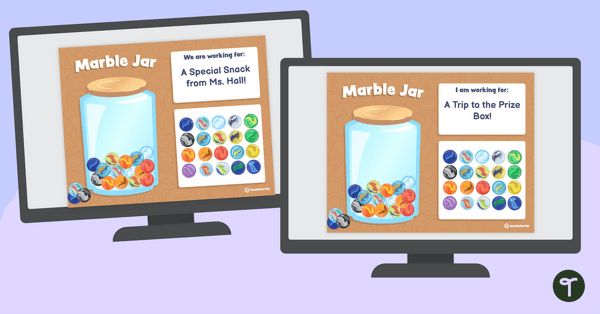
teaching resource
Digital Reward Chart – Marble Jar
Celebrate classroom successes with a fully digital marble jar classroom reward chart.

teaching resource
Brag Bracelets - Behaviour Incentives
Encourage positive behaviour and reward your students for their achievements with a fun set of printable brag bracelets.
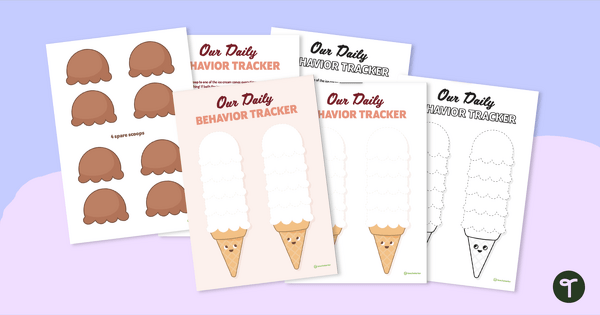
teaching resource
Class Behaviour Tracker - Ice Cream Template
Track and reward positive classroom behavior with a fun ice-cream themed behaviour tracker chart.
No Planning?!
Another challenge facing relief teachers is when, for whatever reason, the classroom teacher hasn’t left any planning. Many schools have policies requiring their teachers to provide planning for relief teachers. Teachers will often provide very detailed information about what they’d like taught in their absence, in order to keep their students on track.
But sometimes, things crop up, and teachers can’t leave plans. Our Relief Teaching Full Day Plans are perfect to have up your sleeve (or saved on a USB!) for times like this.

lesson plan
Relief Teaching Day Plan - Foundation (Version 1)
A relief teaching day plan for Foundation.
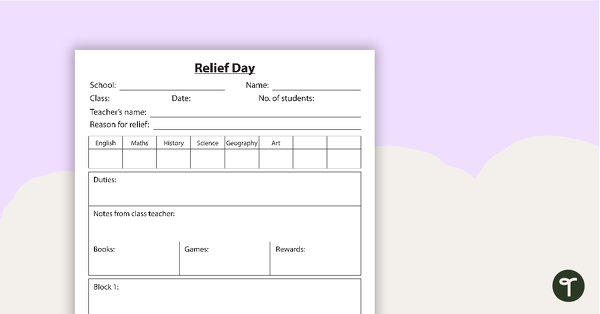
teaching resource
Relief Day Feedback Form (version 2)
A simple template to ensure you leave the classroom teacher with important information about your day with the class.
How to Find a Relief Teaching Job
Thinking relief teaching may be right for you?
If you’ve finished your degree and gotten your qualifications, there are heaps of options out there for finding a job!
- Approach local schools directly to introduce yourself and provide your resume and references. We all know that school offices are hectic places, so if you wish to speak with a leadership team member, it’s a great idea to phone ahead. However, if you’re happy to chat with the administrative staff, this can also be a great option, as they’re the ones making those early morning booking calls!
- Check to see if your state or territory has a relief teacher booking system. These vary by location. In Queensland, for example, the Education Department has its own booking unit, TRACER, while Western Australia has what’s called the Casual Teacher Pool. In other states, organisations like ClassCover connect relief teachers with schools. Increase your opportunities for bookings by registering with these organisations.


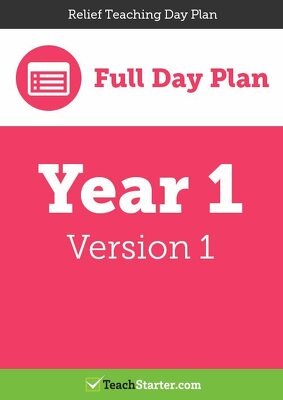
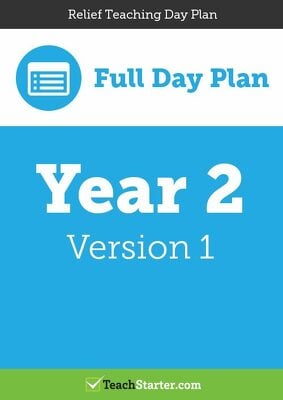
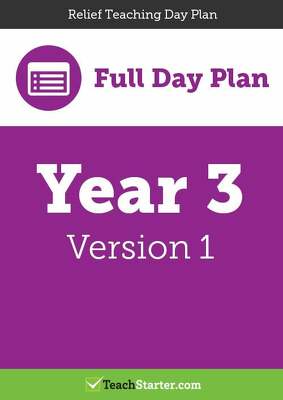
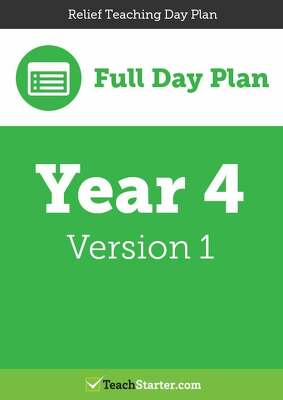
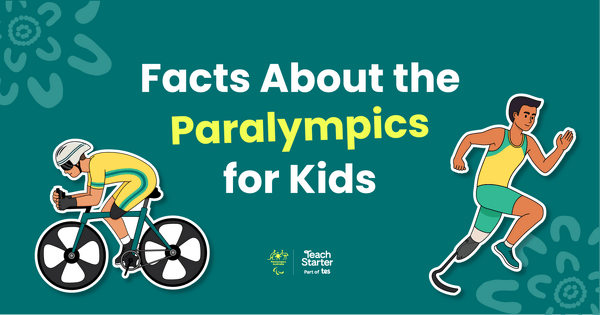

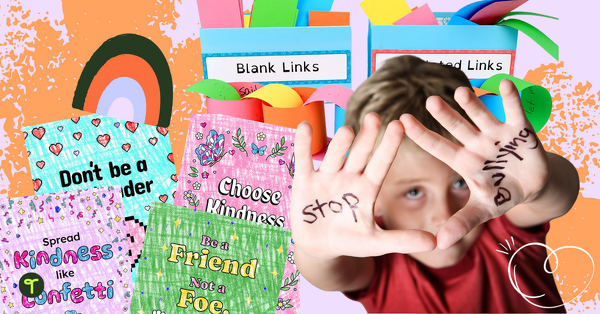



I am a relief teacher and I love it. I started as a graduate last year as a way of getting more experience and it also suited my family (I need to be available for my children's different appointments). When you get known by the staff of a school, and they know you are reliable and follow the program as best as you can, you pick up more work. The children get to know you and you get to know them. This is also a deciding factor for some teachers. How well do you look after the needs of some of the students who can be a challenge? As the article points out, the pay varies and you need to be flexible but if you like a challenge then I highly recommend it.
Hey Trudie! Thanks for your fantastic comment and offering your positive perspective on relief teaching. I certainly agree that you get out what you put in! We need lots of dedicated, professional relief teachers like you in our schools! Happy holidays.